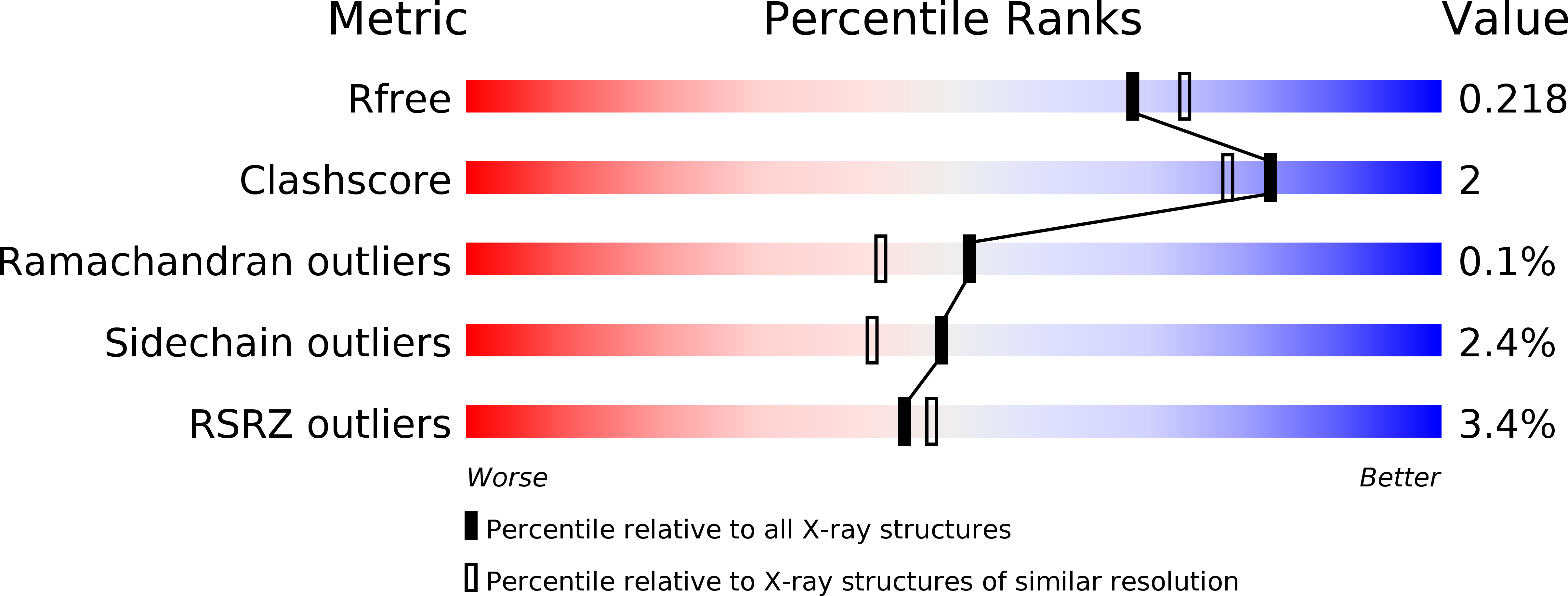
Deposition Date
2018-02-01
Release Date
2019-02-06
Last Version Date
2023-10-04
Method Details:
Experimental Method:
Resolution:
1.97 Å
R-Value Free:
0.21
R-Value Work:
0.17
R-Value Observed:
0.17
Space Group:
P 21 21 21


